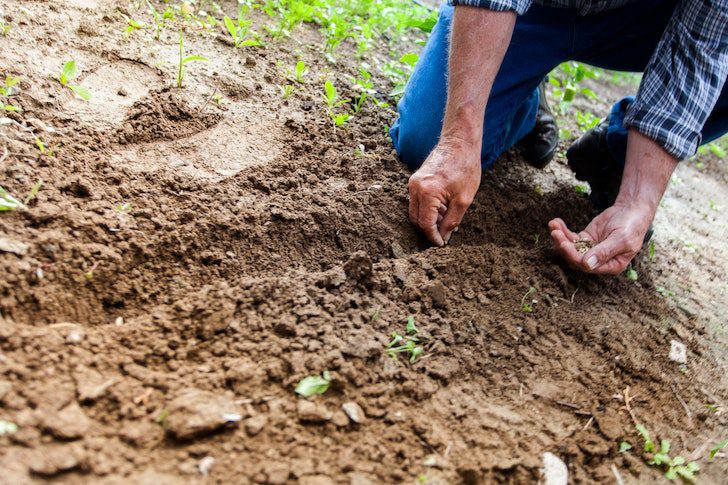They say history repeats itself, and maybe it is true in some cases. However, when it comes to Aztec floating farming, this is the case! Many tourists enjoy the beautiful sight of food, music, and art while traveling through the canals of Xochimilco, but nothing beats the sight of the ‘floating gardens’ that they see all along the chinampas. These are man-made island farms, which hold the memories of the 14th century Aztec empire that run through the beings of the people of Mexico City.
So, if you are interested in knowing more about these seemingly ‘new’ farming techniques, keep reading!

Meet The Aztecs
Back in 1325, the Aztecs came into the Valley of Mexico. There they met with the sight of Lake Texcoco. There was an eagle with a snake, which was sitting on a prickly pear cactus on the shore. It was the same sight that the Aztec Gods had narrated as a prophecy for the Aztecs to call this land their home. Soon enough, the Aztecs began settling down, and they built their empire with a capital city named ‘Tenochtitlan.’
A Smart Plan For Farming
This city, Tenochtitlan, went on to become one of the most powerful cities all across Mesoamerica, but it faced its fair share of problems. While the Aztecs had built on the shores of Lake Texcoco, they soon began running low on land for their agriculture since there was water everywhere. To solve this issue, they came up with ‘chinampas,’ which were long strips of land that would be used for agriculture, hunting, animal rearing, and foraging.

Chinampas Are Interesting
Patricia Perez-Belmont, the founder of the Umbela Sustainable agroecosystem technique, shed light on the significance of Chinampas. She stated that these long strips of land, Chinampas, do not only serve the purpose of agriculture techniques, but they also serve as a reminder of Aztec Culture and to carry on the legacy of indigenous people who taught the world how to live with nature and grow with it.
While the Aztec Empire met with great tragedy when the Spanish went on to not only destroy Tenochtitlan but demolish all traces of the Aztec Empire. But, in true historical glory, the Chinampas continued to live on and were studied greatly by archeologists and researchers.
It is their interesting nature of being a sponge where they don’t need water and continue to be productive throughout the entire year. The Aztec farming technique continues to wow people even today because of their ability to provide, produce, and support the land during the hardest times.

Now, this farming technique is making a comeback as the people of Mexico City are claiming back their heritage.




